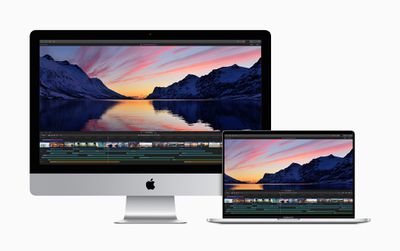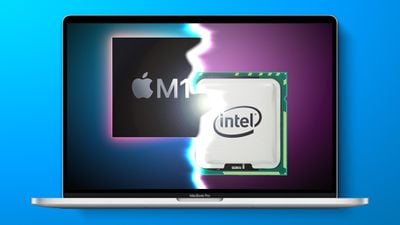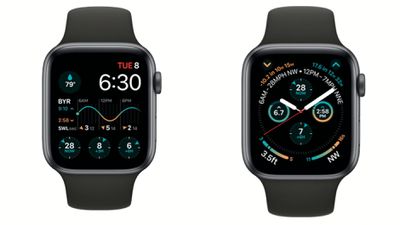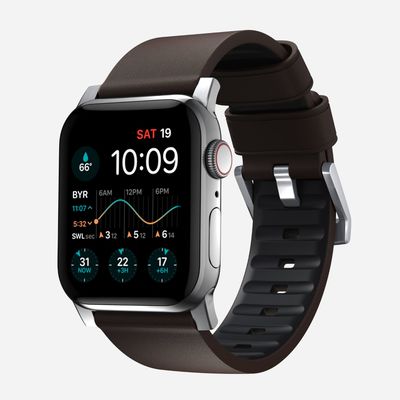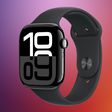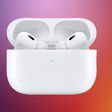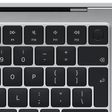Amazon's annual Prime Day event has officially kicked off today, beginning 48 hours of discounts, offers, and tons of savings across Amazon's storefront. This includes everything from home electronics to clothing, jewelry, video games, movies, and much more.
 Note: MacRumors is an affiliate partner with these vendors. When you click a link and make a purchase, we may receive a small payment, which helps us keep the site running.
Note: MacRumors is an affiliate partner with these vendors. When you click a link and make a purchase, we may receive a small payment, which helps us keep the site running.
In this article, we're focusing entirely on Apple-related discounts that you can find today on Amazon. Right now, that includes savings on AirPods, AirPods Max, iPads, MacBook Pro, MacBook Air, and other devices.
Many retailers are challenging Amazon with summertime sale events of their own, so when prices are matching -- or beating -- Amazon Prime Day, we'll mark them below. Readers should also note that sometimes Prime Day sales are time sensitive, so purchase quickly if you're interested.
Amazon Prime Day sales require an Amazon Prime membership. Additionally, deals change fast during Prime Day, so the prices you see below may eventually change on Amazon.
AirPods Pro
The popular AirPods Pro are down to $189.99 during Prime Day, from an original price of $249.00.

AirPods
You'll also find discounts on the regular AirPods models. You can get the AirPods with Wired Charging Case for $99.99 ($59 off) and the AirPods with Wireless Charging Case for $149.99 ($49 off).

Apple Watch Series 6
There are a few popular ongoing deals for the Apple Watch Series 6 that are continuing into Prime Day, including the 44mm GPS model for $349.99, down from $429.00. This is a match of the lowest-ever price on this model.
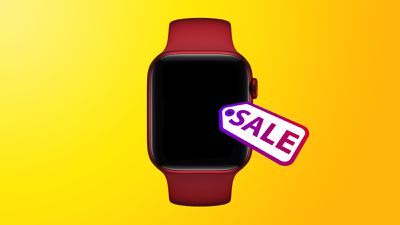
iPad Air
Savings on the 2020 iPad Air include the 64GB Wi-Fi model for $519.99, down from $599.00; and the 256GB Wi-Fi model for $659.99, down from $749.00. Both of these discounts represent new all-time low prices on both models.
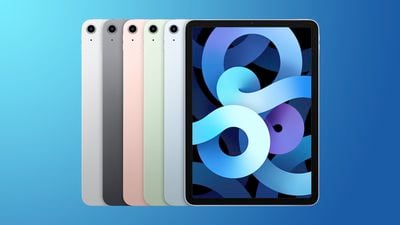
M1 MacBook Pro
Amazon has both models of the M1 MacBook Pro at a discount for Prime Day. The 256GB model is available for $1,099.99, down from $1,299.00 in both colors. This is the best price we've ever tracked for this model.
Secondly, the 512GB model is priced at $1,299.99, down from $1,499.00. This is a match of the previous record low price on this model and definitely worth checking out if you've had your eye on the latest MacBook Pro.
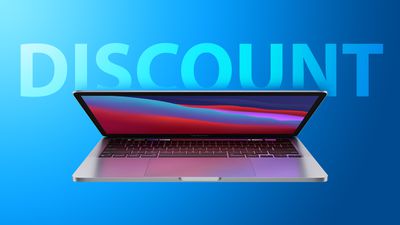
M1 MacBook Air
Both models of the M1 MacBook Air are also on sale today during Prime Day, starting with the 256GB model at $899.99, down from $999.00. The 512GB model is priced at $1,099.99, down from $1,249.00, which is a record low price for this model.
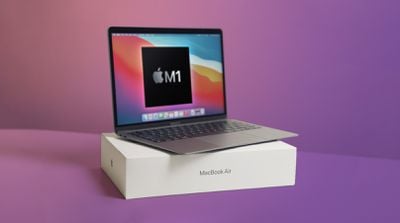
iMac
There are a few solid deals on the 2020 27-inch iMac during Prime Day. You can get the 3.1GHz 6-Core iMac with a 256GB SSD for $1,399.99, down from $1,799.00. Then there's the 3.3 GHz 6-Core iMac with a 512GB SSD for $1,599.99, down from $1,999.00.
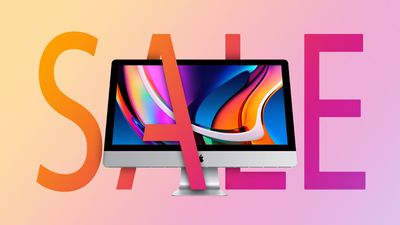
Both of these devices are now at the lowest price they've ever been, and shoppers should note that you'll see these huge discounts after automatic coupons are applied on the checkout screen.
Head to our full Deals Roundup to get caught up with all of the latest deals and discounts that we've been tracking over the past week.


/article-new/2021/03/homescreen-ios14.jpg)
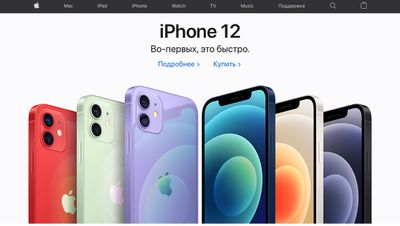
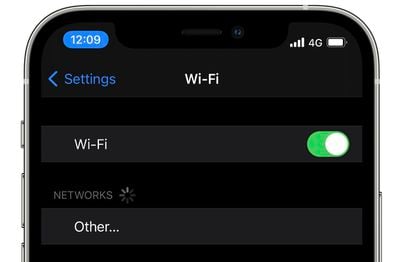

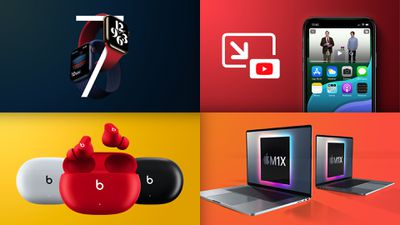

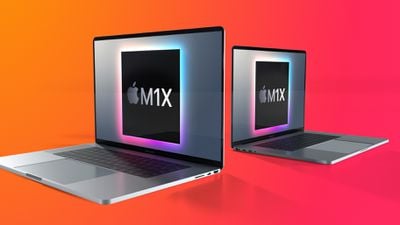
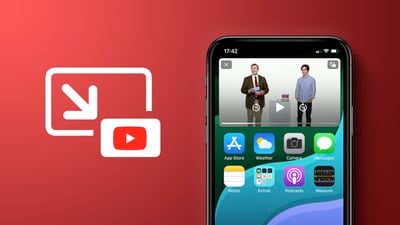
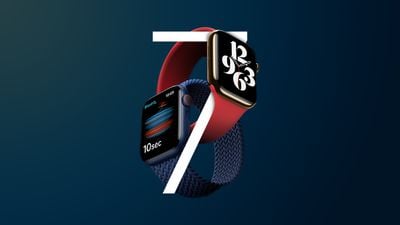
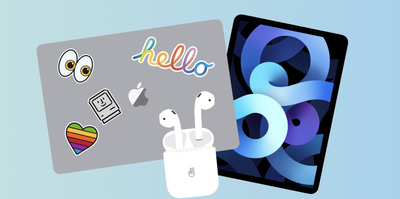
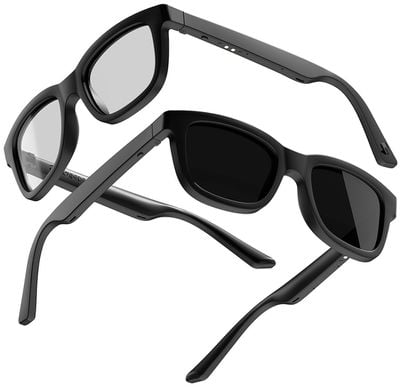
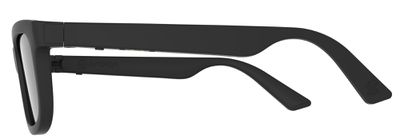

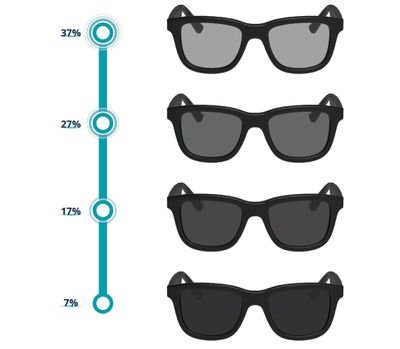

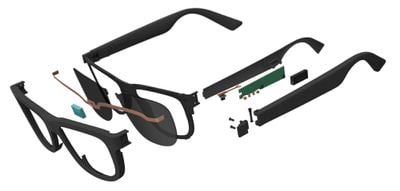
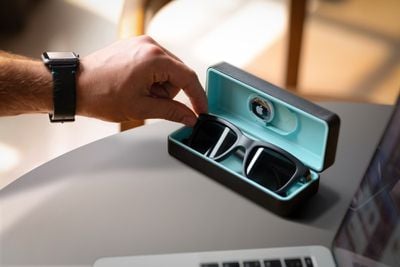
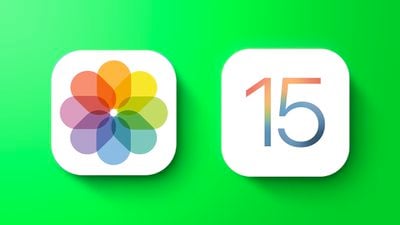

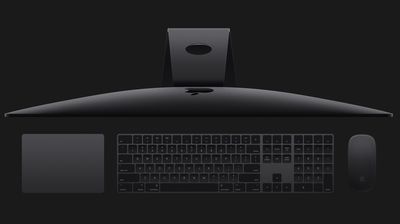
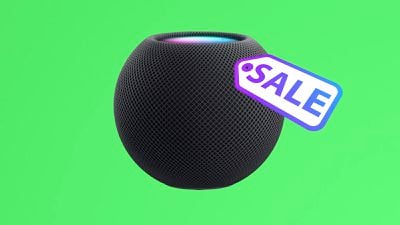
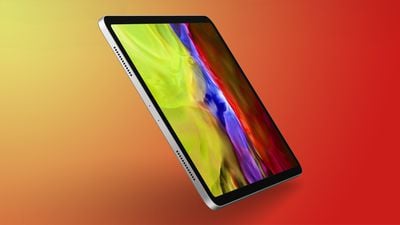 Note: MacRumors is an affiliate partner with Amazon. When you click a link and make a purchase, we may receive a small payment, which helps us keep the site running.
Note: MacRumors is an affiliate partner with Amazon. When you click a link and make a purchase, we may receive a small payment, which helps us keep the site running.